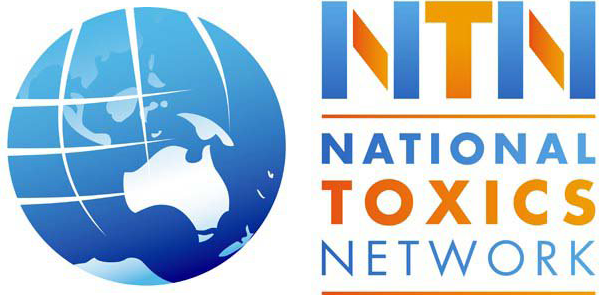Jane Bremmer, WA activist
Instrumental in WA’s Contaminated Sites Act, Jane has been an environmental health activist in WA for over 25 years. After suffering adverse health impacts from an historical huge waste oil pit near their home, Jane and her...
Read More
